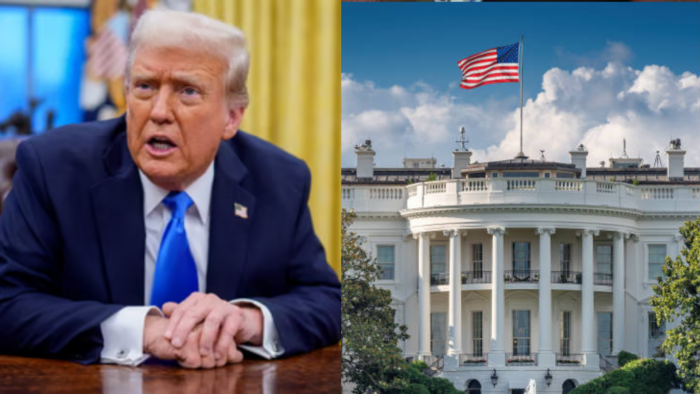The White House instructed federal agencies on Wednesday to draft plans for the mass dismissal of employees in the event of a government shutdown next week. This order represents a sharp departure from past shutdowns, which usually involved only temporary furloughs for workers. According to Reuters,...
The White House instructed federal agencies on Wednesday to draft plans for the mass dismissal of employees in the event of a government shutdown next week. This order represents a sharp departure from past shutdowns, which usually involved only temporary furloughs for workers.
According to Reuters, the White House’s Office of Management and Budget (OMB) circulated a memo instructing federal agencies to pinpoint which programs, projects, and activities rely on discretionary funding that will expire on October 1. This pre-emptive measure is necessary should the U.S. Congress fail to pass the required legislation to keep the government open.
“Programs that did not benefit from an infusion of mandatory appropriations will bear the brunt of a shutdown,” the OMB said in the memo, which the White House provided.
The motive behind the White House’s order was immediately unclear. The directive may have been intended to utilise a potential shutdown to advance President Donald Trump’s push to drastically cut the federal workforce, or it could have been a negotiating tactic designed to compel Democrats to approve the Republican-backed funding legislation.
“This is an attempt at intimidation,” Senate Democratic leader Chuck Schumer said in a statement late Wednesday. “Donald Trump has been firing federal workers since Day One – not to govern, but to scare.”
He predicted that any firings would be overturned in court, as others have been.
Agencies were told to submit their proposed reduction-in-force plans to the OMB and to issue notices to employees.
The OMB memo was earlier reported by Politico.
The risk of a partial government shutdown next week significantly increased after President Trump cancelled a Tuesday meeting with top congressional Democratic leaders aimed at resolving the funding issue. Subsequently, both Republicans and Democrats have engaged in mutual blame for the ongoing political deadlock.
Upon taking office in January, Trump launched a campaign to downsize the 2.4 million-member federal civilian workforce, which he says is bloated and inefficient.
Roughly 300,000 federal civilian workers will have left their jobs by the end of 2025, Office of Personnel Management Director Scott Kupor told Reuters in August.
About 154,000 of those employees accepted a buyout and are slated to drop off the U.S. government’s payroll on September 30, the last day of the federal government’s fiscal year. That date is also the deadline for Trump and Congress to reach an agreement on federal spending to avert a shutdown.





